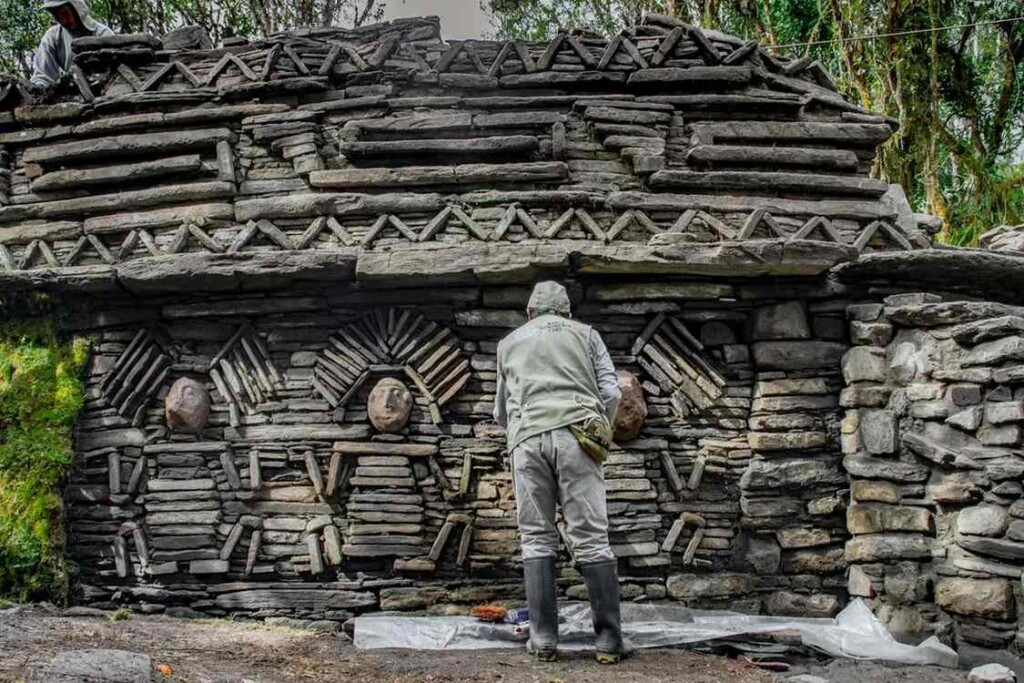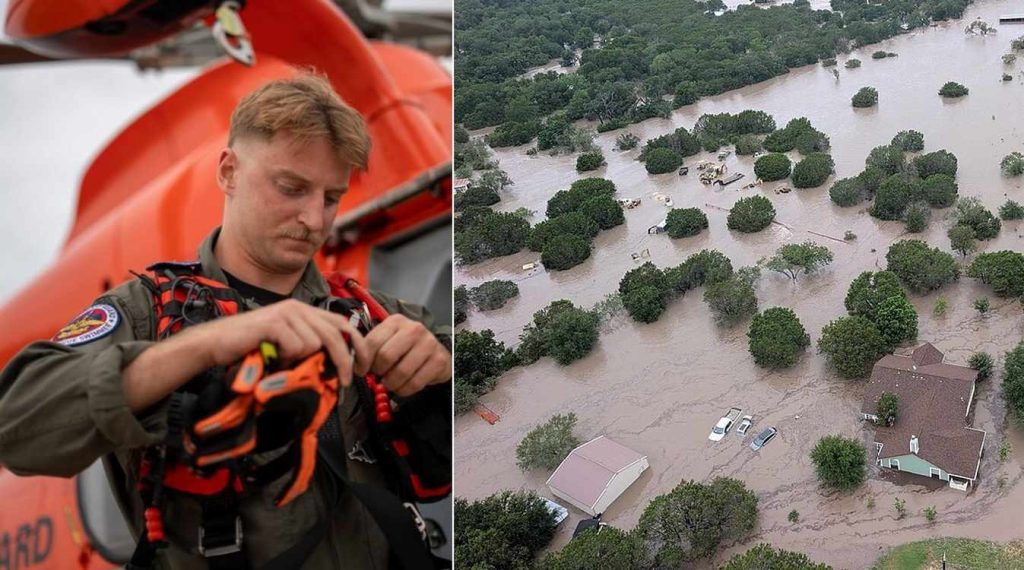Welcome to a heartwarming tale of discovery nestled in the rugged beauty of the Peruvian Andes. This story highlights the brilliance of archaeologists who have illuminated the past of the mysterious Chachapoya civilization, unveiling a treasure trove of previously hidden structures and deepening our appreciation for the rich cultural heritage of humanity.

High in the northeastern Peru’s Andes, a remarkable journey of exploration and rediscovery is unfolding at a UNESCO Heritage Site known as Gran Pajatén. This ancient site, believed to be a vibrant hub for the Chachapoya civilization, recently revealed over 100 hidden structures, breathing life back into a fascinating world long forgotten.
The tale of Gran Pajatén began in the 1960s, when its existence first captured the attention of archaeologists. However, its remoteness led to neglect over the years. Fast forward to 2022, when a dedicated team from World Monuments Fund Peru set out on an ambitious conservation and documentation project within the breathtaking Río Abiseo National Park.
Armed with cutting-edge technologies like LiDAR, the researchers unearthed what appears to be an intricate urban landscape, complete with terraced agriculture, circular structures, and even cliffside tombs. The altitude—nearly 10,000 feet above sea level—adds to the wonder of this discovery, as noted by Smithsonian Magazine.
Juan Pablo de la Puente Brunke, Executive Director of WMF Peru, expressed the excitement surrounding this breakthrough: “This discovery radically expands our understanding of Gran Pajatén and raises new questions about the site’s role in the Chachapoya world.” He emphasized that what was once thought to be an isolated settlement is, in fact, part of a rich network of pre-Hispanic communities connected over time.
The Chachapoya civilization, known for its unique circular architecture and vibrant artistic expressions, thrived for around 400 years before the rise of the Inca. Excavations indicate their presence at Gran Pajatén dates back to at least the fourteenth century, with evidence suggesting even earlier habitation. Soil analyses and the discovery of ancient roads linking Gran Pajatén to neighboring sites like La Playa and Papayas paint a picture of a well-connected and sophisticated society.
As the team continues to uncover more secrets of this lesser-known treasure, one enthusiastic member mentions that just 10% of the aerial LiDAR survey data has been processed, leaving a vast frontier for exploration and research ahead. This glimpse into the past sparks hope and excitement for future discoveries that could further illuminate the rich tapestry of Peru’s heritage.
In tandem with these remote sensing efforts, the team is also addressing conservation at one of the site’s most significant structures, ensuring that this cultural gem endures for generations to come.
A recent exhibition at the Museo de Arte de Lima (MALI) offers a unique opportunity for visitors to dive into the vibrant world of Chachapoya culture, featuring WMF’s latest findings. Running from May 21st to June 18th, this exhibition promises to enchant anyone interested in the deep connections we share with our history.
SHARE the Joy of Uncovering a Culture That Once Thrived and the Passion Driving Its Preservation!
If you would like to see similar good news stories click here & Share this to brighten someone’s day.





